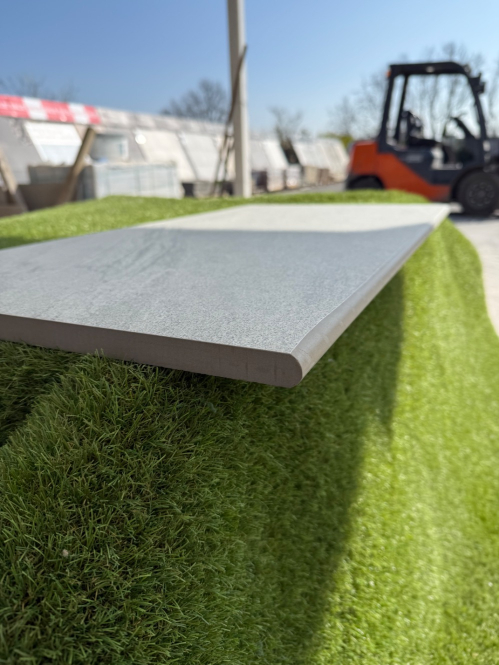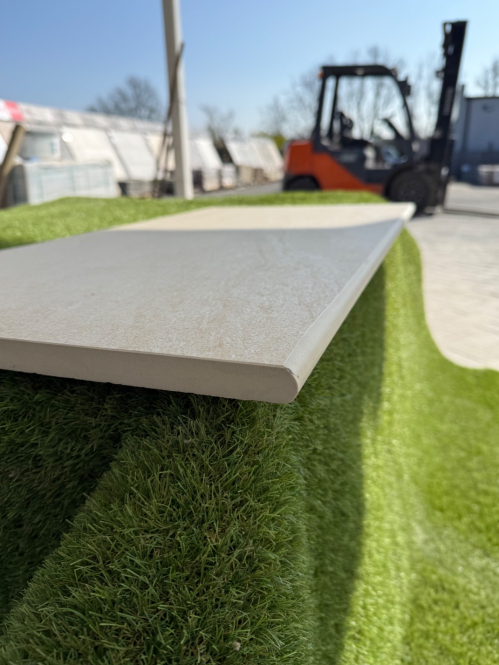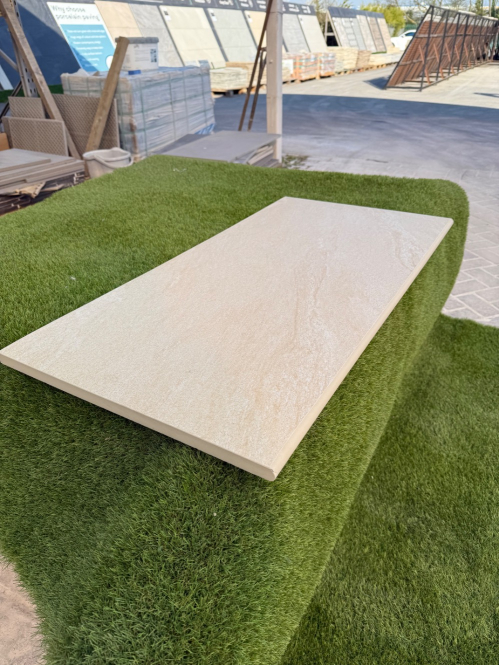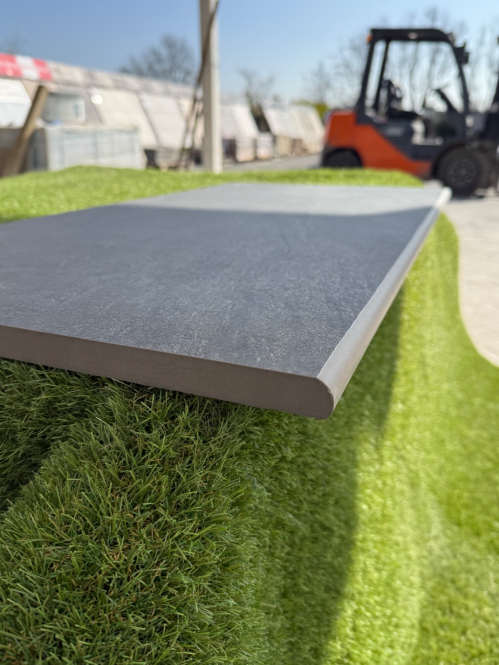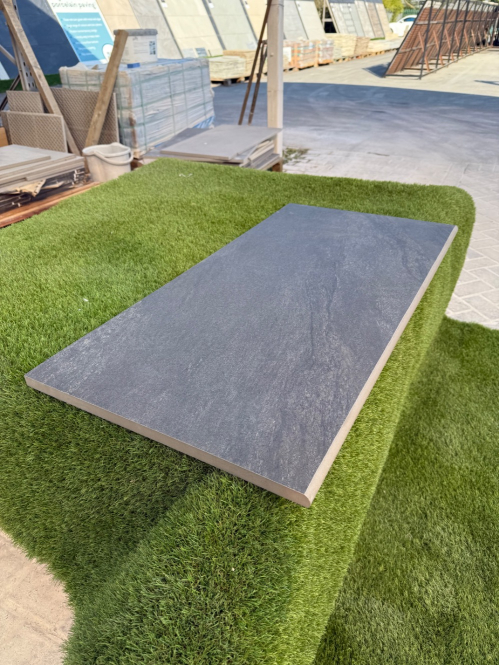Steps
Elevate Your Garden with Sandstone Steps
Looking to add levels or definition to your outdoor space? Sandstone steps are the perfect way to create a smooth, stylish transition between areas—whether it’s from your home to the garden or across different levels of a sloped patio.
Our Bullnose Sandstone Steps offer a sleek, contemporary finish that works beautifully around patios, pool edges, wall copings, water features, or even as low seating. Their gently rounded edges bring a softer, more refined look while still delivering durability and grip.
Designed to match seamlessly with our sandstone paving, these steps help tie your whole design together with ease. Available in a range of popular colours and textures, they’re the ideal finishing touch for any garden project.
???? Explore our sandstone step options online
Email us sales@discountporcelain.co.uk
Bullnose Steps – Frequently Asked Questions
How do you cut sandstone steps or paving?
Sandstone is tough and durable, which makes it great for outdoor use—but it also means it requires the right tools to cut cleanly and safely. For the best results, we recommend using a circular saw fitted with a diamond-tipped masonry blade. This setup ensures precision while minimizing wear on the tool.
Top tips:
-
Cut slowly and steadily to avoid chipping.
-
Use a water-fed dust suppression system if available—this keeps airborne dust to a minimum and helps the blade stay cool.
-
Always wear proper PPE (goggles, gloves, and a dust mask) for safety.
How do you lay Indian sandstone paving?
Here’s a step-by-step guide to help you lay sandstone paving professionally:
-
Dig the base
Excavate your area to a depth of around 150mm, allowing for a solid sub-base and the thickness of the slabs. -
Add a solid foundation
Use a 6:1 mix of all-in-one ballast and cement to create a concrete base. -
Prepare the mortar bed
Mix 5 parts sharp sand to 1 part cement into a semi-dry consistency. For jointing, a slightly richer mix (4:1) may be used. -
Prime the slabs
Apply a slurry primer to the underside of each slab before laying—this helps with adhesion and prevents salt stains (efflorescence). -
Lay the paving
Bed each slab into the mortar with 8–10mm joints, using a rubber mallet to level them out. Avoid “+” shaped joints—use staggered “T” joints for strength and visual appeal. -
Joint the paving
Fill gaps with mortar using a pointing tool, or use a resin-based jointing compound for a quicker finish. -
Let it cure
Allow at least 24 hours before walking on your new paving—or longer in damp weather.
Is sandstone paving hardwearing?
Absolutely. Sandstone is a naturally strong and weather-resistant material that holds up well under foot traffic, making it ideal for patios, garden paths, and even driveways. Its riven texture adds grip and character, and it weathers beautifully over time.
However, sandstone is also porous, so we recommend:
-
Sealing it after installation to protect against moisture and stains.
-
Cleaning it regularly to prevent moss or algae buildup and maintain its appearance.
With proper care, sandstone paving can last for decades, making it a smart investment for your garden or outdoor space.

